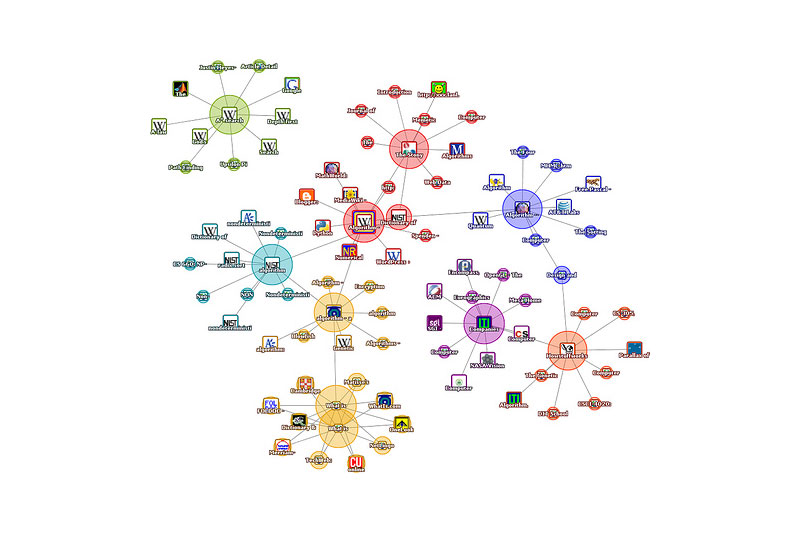Why is Google AMP Important? 5 Things You Should Know
The influence of Google is far-reaching and for anyone trying to get their website or business noticed in everyday searches, Google’s actions are key to successfully meeting the criteria that will get your website to the top. With that reality in mind, the recent change by Google to use AMP (Accelerated Mobile Pages) in its rankings is something that every business owner needs to be aware of and act upon.
Here are 5 things you need to know to understand this change and its impact on your businesses mobile visitors.
- What is AMP?
AMP is an open source library providing a straightforward option to create web pages that are compelling but also load nearly instantaneously for the mobile user. AMP pages are web pages that you can link to but you also are in control of them and their content.
The design principles of AMP are that a website is stripped down to the bare minimum. Those really flashy aspects, which make your desktop website pop, are going to be removed from the mobile setup.
Why are those aspects being taken out? The goal is to make your website load faster on mobile and part of increasing that load speed is making the design of your website easier to load. Your website is put on a platform that’s preloaded and then it loads from that platform.
- What Change Did Google Make to Move AMP Forward?
Recently, as part of the continued refining of its guidelines, Google announced that it would be implementing a guideline based on AMP. The premise is that Google will now do a mobile-first search and rate your site accordingly. If your site is not AMP compliant, then you’re going to see it suffer regarding pay per click, rankings, and user experience.
AMP is for anyone with a website and it isn’t limited to just a select group. In fact, it doesn’t matter if you use mobile or not since Google is now weighing their rankings system on based on mobile.
- What Does It Take To Become AMP Compliant?
For many companies, it depends on your website. You may have to change a few themes, but in some cases, AMP compliant involves a plug-in or even hard custom coding based on your platform. As a result, while it is possible to do yourself, companies find it easier to hire a professional to address the issue.
- What Platforms Support AMP?
There are several browsers and platforms that support AMP, including Chrome and HTML. Additionally, AMPproject.org offers information about platforms and the three core components of AMP.
- How Does This Impact eCommerce Sites?
Part of going to AMP is that depending on the platform, you may lose some of your key desktop features in the mobile version. Since eCommerce platforms have multiple pages and forms, it can be more difficult to convert and require a higher level of AMP programming than a simple plug-in can provide.
At the same time, the trend is that people are buying more and more with the touch of their phones. For companies that make the effort to convert, AMP can make it easier for customers to interact with their website, hopefully increasing sales in return.
Need Help Getting AMP Compliant?
Clearly taking your website to AMP ready is a broad venture. Therefore, it’s important to work with a professional who can help you to navigate this process and keep your website actively marketing your business to a mobile audience. Contact us to find out how we can assist you in transitioning your site to AMP.
eGlobal Web Solutions specializes in marketing your business via the digital marketplace. We use search engine optimization, social and review promotion, and Email marketing for all types of businesses from local to global. We utilize various digital marketing techniques to increase your Internet presence, optimize your traffic and generate new business.
 760.530.6207
760.530.6207 info@elocalsolutions.com
info@elocalsolutions.com
